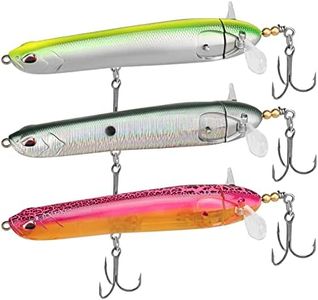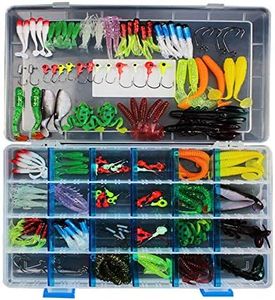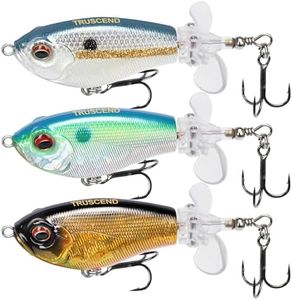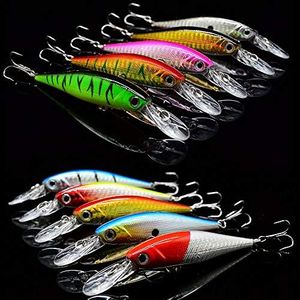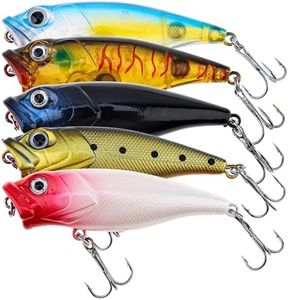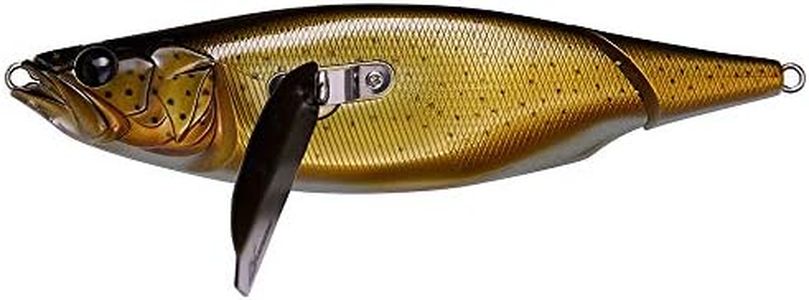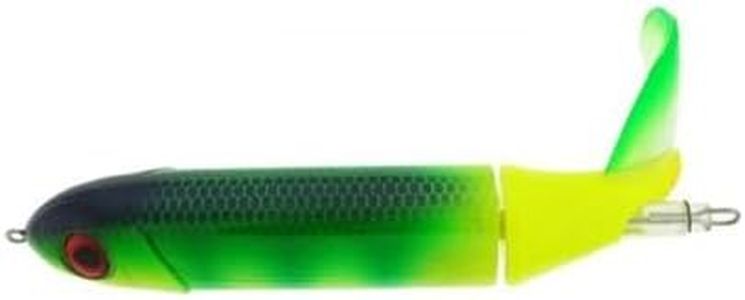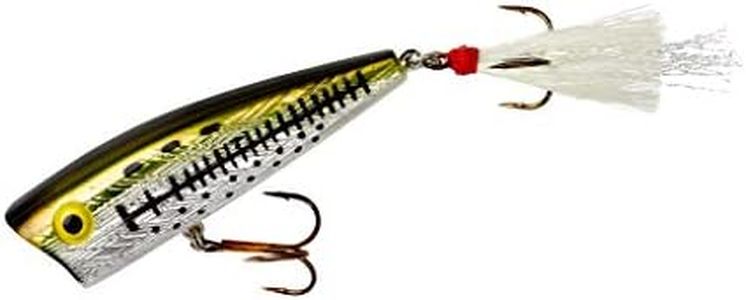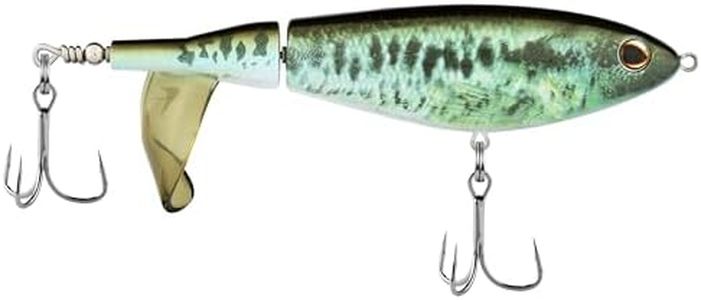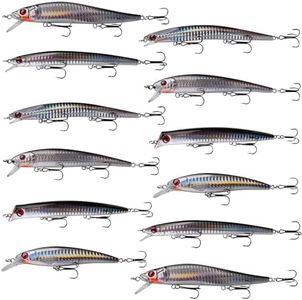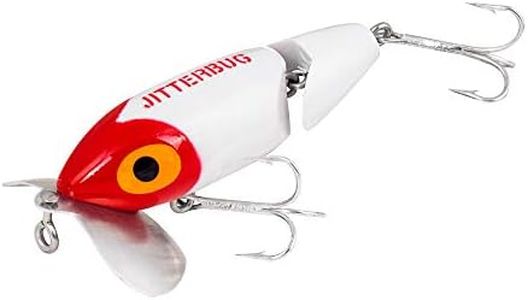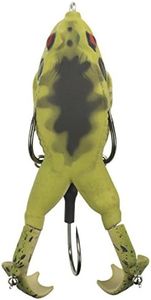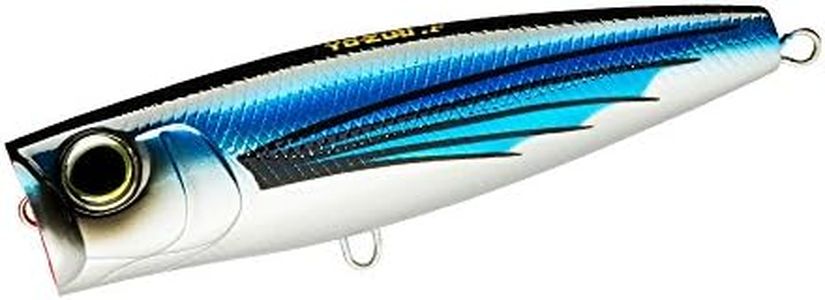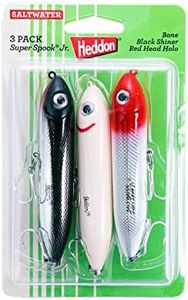We Use CookiesWe use cookies to enhance the security, performance,
functionality and for analytical and promotional activities. By continuing to browse this site you
are agreeing to our privacy policy
10 Best Topwater Bass Lures
From leading brands and best sellers available on the web.Buying Guide for the Best Topwater Bass Lures
Choosing topwater bass lures can make a big difference in your fishing experience. It’s important to understand how these lures work and what makes each one suitable for different situations. The right lure will not only increase your chances of catching bass but also make your outings more enjoyable and productive. To pick the best topwater bass lure, you should consider factors like lure type, size, color, action, and the type of water you’re fishing in. By learning about these key characteristics, you can match your lure to your target bass and fishing conditions.Lure TypeLure type is all about the design and function of the topwater lure—common types include poppers, frogs, prop baits, and walking baits. Each type creates different movements and noises on the water’s surface, attracting bass in unique ways. For instance, poppers make a loud popping sound, walking baits move side-to-side in a zigzag pattern, frogs mimic real frogs for heavy cover, and prop baits spin or splash. Choosing the right type means thinking about where you’ll be fishing and how active the bass are. Surface disturbance works best in calm water and during low light, while more subtle types work well on pressured fish or clear days.
SizeSize refers to the overall length and bulkiness of the lure. This is important because it determines which bass will be attracted and how realistic the lure appears. Small lures (around 2-3 inches) are ideal for finicky or smaller bass and work well in clear waters. Medium lures (3-4 inches) are versatile and suit most situations. Large lures (over 4 inches) attract big bass, especially in murky water or when bass are feeding aggressively. Think about the average bass size in your area and the water conditions—match the size of your lure to the local fish and the time of year.
ColorColor is the visual appearance of the lure. It matters because different colors can be more effective depending on water clarity, light conditions, and the natural prey of the bass. Natural and subtle colors like green, brown, and silver are good for clear water, where bass can see well. Bright or flashy colors like chartreuse, white, or black work in muddy water or on cloudy days to increase visibility. If you’re unsure, start with a natural color and switch to something brighter if you’re not getting bites.
ActionAction refers to the way a lure behaves as you retrieve it across the water. This may include popping, splashing, walking, or even silent gliding. Different actions can trigger different responses from bass. Fast and noisy actions often attract aggressive fish or get their attention in choppy water, while smooth and subtle movements work better in calm settings or when bass are shy. Match the action of your lure to the mood of the fish and the condition of the water.
Hook ConfigurationHook configuration describes the number and arrangement of hooks on the lure. Some topwater lures come with treble hooks for secure hookups, while others have single or double hooks, especially frog-style lures intended for fishing in weedy areas. More hooks can mean a better catch rate in open water, but fewer hooks or weedless hooks prevent snags in heavy cover. If you often fish in thick vegetation, go for weedless designs; in open water, standard treble hook models are usually best.
